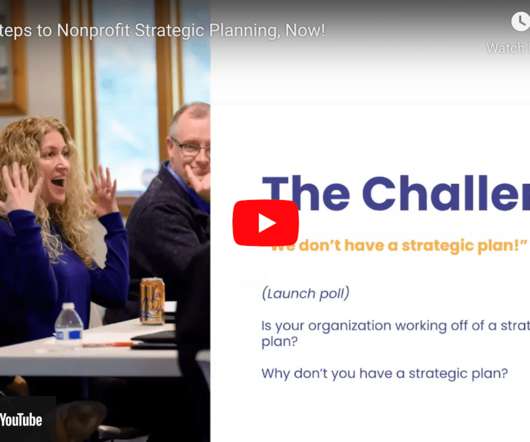Designing Interactives for Adults: Put Down the Dayglow
Museum 2.0
JANUARY 18, 2012
Many exhibit developers create thoughtful interactives intended for all ages and then discover that old familiar pattern--kids engaging while parents stand back and watch. In children's museums and science centers, this relationship is at its most extreme. And yet in the museum world, we still see interactives as being mostly for kids.



































Let's personalize your content